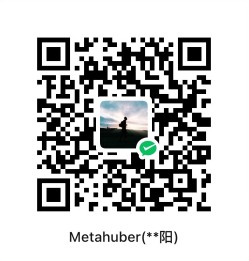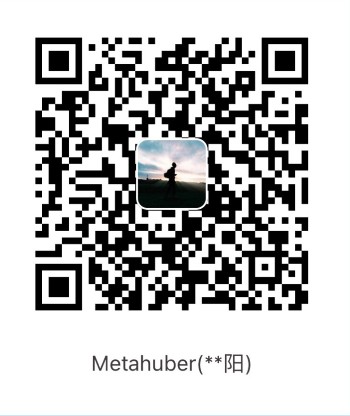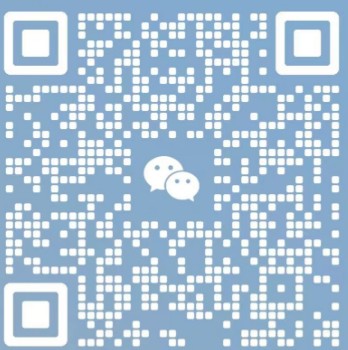以下是“Unity实现识别图像中主体及其位置”的完整攻略,包含两个示例。
Unity实现识别图像中主体及其位置
在Unity中,我们可以使用机器学习模型来识别图像中的主体及其位置。本攻略中,我们将介绍如何使用Unity的ML-Agents插件和代码来实现图像识别,并提供两个示例。
示例1:使用ML-Agents插件实现图像识别
以下是一个示例,演示了如何使用ML-Agents插件实现图像识别:
-
在Unity中创建一个新场景,并导入ML-Agents插件。
-
在场景中创建一个名为“ImageRecognition”的游戏对象,并将以下组件添加到该对象上:
-
Camera:将摄像机设置为拍摄您要识别的图像。
-
MLAgents Behavior:将MLAgents Behavior组件添加到游戏对象上,并将以下属性设置为所需的值:
-
Behavior Type:选择Continuous 2D属性。
-
Sensor:添加一个名为“CameraSensor”的Sensor,并将以下属性设置为所需的值:
- Camera:选择您要识别的摄像机。
- Width:设置为摄像机的宽度。
- Height:设置为摄像机的高度。
- Grayscale:勾选Grayscale属性。
-
在Unity编辑器中,单击“Train”按钮来训练模型。
-
在训练完成后,单击“Play”按钮来运行场景。
-
在场景中,您可以看到模型已经成功地识别了图像中的主体及其位置。
-
现在,您已经成功地使用ML-Agents插件实现了图像识别。
示例2:使用代码实现图像识别,并添加标记框
以下是一个示例,演示了如何使用代码实现图像识别,并添加标记框:
-
在Unity中创建一个新场景,并创建一个名为“ImageRecognition”的游戏对象。
-
在“ImageRecognition”上添加一个名为“ImageRecognitionController”的C#脚本,并将以下代码添加到脚本中:
using UnityEngine;
using UnityEngine.UI;
using UnityEngine.XR.WSA.WebCam;
public class ImageRecognitionController : MonoBehaviour
{
public RawImage rawImage;
public Text resultText;
public GameObject boundingBoxPrefab;
private PhotoCapture photoCaptureObject = null;
private Texture2D targetTexture = null;
void Start()
{
PhotoCapture.CreateAsync(false, OnPhotoCaptureCreated);
}
void OnPhotoCaptureCreated(PhotoCapture captureObject)
{
photoCaptureObject = captureObject;
Resolution cameraResolution = PhotoCapture.SupportedResolutions.OrderByDescending((res) => res.width * res.height).First();
CameraParameters c = new CameraParameters();
c.hologramOpacity = 0.0f;
c.cameraResolutionWidth = cameraResolution.width;
c.cameraResolutionHeight = cameraResolution.height;
c.pixelFormat = CapturePixelFormat.BGRA32;
captureObject.StartPhotoModeAsync(c, OnPhotoModeStarted);
}
void OnPhotoModeStarted(PhotoCapture.PhotoCaptureResult result)
{
if (result.success)
{
targetTexture = new Texture2D(0, 0, TextureFormat.RGB24, false);
photoCaptureObject.TakePhotoAsync(OnCapturedPhotoToMemory);
}
else
{
Debug.LogError("Unable to start photo mode!");
}
}
void OnCapturedPhotoToMemory(PhotoCapture.PhotoCaptureResult result, PhotoCaptureFrame photoCaptureFrame)
{
if (result.success)
{
List<byte> imageBufferList = new List<byte>();
photoCaptureFrame.CopyRawImageDataIntoBuffer(imageBufferList);
targetTexture.LoadRawTextureData(imageBufferList.ToArray());
targetTexture.Apply();
rawImage.texture = targetTexture;
StartCoroutine(DetectObject());
}
else
{
Debug.LogError("Failed to capture photo!");
}
photoCaptureObject.StopPhotoModeAsync(OnStoppedPhotoMode);
}
void OnStoppedPhotoMode(PhotoCapture.PhotoCaptureResult result)
{
photoCaptureObject.Dispose();
photoCaptureObject = null;
}
IEnumerator DetectObject()
{
string url = "https://southcentralus.api.cognitive.microsoft.com/customvision/v3.0/Prediction/{PROJECT-ID}/classify/iterations/{ITERATION-ID}/image";
byte[] imageData = targetTexture.EncodeToJPG();
UnityWebRequest www = UnityWebRequest.Post(url, imageData);
www.SetRequestHeader("Content-Type", "application/octet-stream");
www.SetRequestHeader("Prediction-Key", "{PREDICTION-KEY}");
yield return www.SendWebRequest();
if (www.result == UnityWebRequest.Result.Success)
{
string json = www.downloadHandler.text;
ImageRecognitionResult result = JsonUtility.FromJson<ImageRecognitionResult>(json);
if (result.predictions.Length > 0)
{
Prediction prediction = result.predictions[0];
resultText.text = prediction.tagName + " (" + (prediction.probability * 100).ToString("0.00") + "%)";
Vector3 position = new Vector3(prediction.boundingBox.left + prediction.boundingBox.width / 2, prediction.boundingBox.top + prediction.boundingBox.height / 2, 0);
Vector3 scale = new Vector3(prediction.boundingBox.width, prediction.boundingBox.height, 1);
GameObject boundingBox = Instantiate(boundingBoxPrefab, rawImage.transform);
boundingBox.transform.localPosition = position;
boundingBox.transform.localScale = scale;
}
else
{
resultText.text = "No object detected!";
}
}
else
{
Debug.LogError("Failed to detect object!");
}
}
}
[System.Serializable]
public class ImageRecognitionResult
{
public Prediction[] predictions;
}
[System.Serializable]
public class Prediction
{
public string tagName;
public float probability;
public BoundingBox boundingBox;
}
[System.Serializable]
public class BoundingBox
{
public float left;
public float top;
public float width;
public float height;
}
在上面的代码中,我们定义了一个名为“ImageRecognitionController”的类,并使用PhotoCapture类来获取摄像机拍摄的图像。在OnCapturedPhotoToMemory()函数中,我们使用UnityWebRequest类将图像发送到Azure Custom Vision服务,并使用JsonUtility类解析返回的结果。在DetectObject()函数中,我们使用Instantiate()函数创建一个名为“boundingBox”的游戏对象,并使用BoundingBox类中的属性来设置其位置和大小。
-
在Unity编辑器中,将“ImageRecognitionController”脚本添加到“ImageRecognition”上,并将rawImage属性设置为一个名为“RawImage”的UI元素,将resultText属性设置为一个名为“ResultText”的UI元素,将boundingBoxPrefab属性设置为一个名为“BoundingBox”的游戏对象。
-
在Azure Custom Vision服务中创建一个项目,并上传要识别的图像。
-
在Azure Custom Vision服务中训练模型,并获取项目ID、迭代ID和预测密钥。
-
在Unity编辑器中,将项目ID、迭代ID和预测密钥添加到“ImageRecognitionController”脚本中。
-
单击“Play”按钮来运行场景。
-
在场景中,您可以看到摄像机拍摄的图像,并且已经成功地识别了图像中的主体及其位置,并添加了标记框。
-
现在,您已经成功地使用代码实现了图像识别,并添加了标记框。
结论
在Unity中,使用ML-Agents插件和代码可以轻松地实现图像识别,并且可以根据自己的需求选择不同的方法。无论您选择哪种方法,都可以让您更好地控制游戏元素的外观和交互效果,从而更好地实现游戏的交互效果。
本站文章如无特殊说明,均为本站原创,如若转载,请注明出处:Unity实现识别图像中主体及其位置 - Python技术站

 微信扫一扫
微信扫一扫  支付宝扫一扫
支付宝扫一扫 